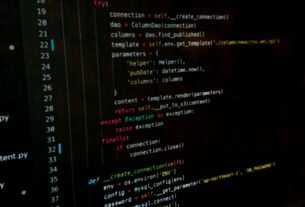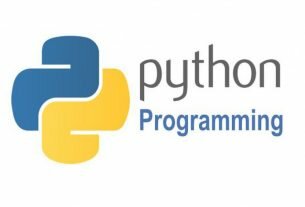Question or problem about Python programming:
Hey everyone I’m trying to write a program in Python that acts as a quiz game. I made a dictionary at the beginning of the program that contains the values the user will be quizzed on. Its set up like so:
PIX0 = {"QVGA":"320x240", "VGA":"640x480", "SVGA":"800x600"}
So I defined a function that uses a for loop to iterate through the dictionary keys and asks for input from the user, and compares the user input to the value matched with the key.
for key in PIX0:
NUM = input("What is the Resolution of %s?" % key)
if NUM == PIX0[key]:
print ("Nice Job!")
count = count + 1
else:
print("I'm sorry but thats wrong. The correct answer was: %s." % PIX0[key] )
This is working fine output looks like this:
What is the Resolution of Full HD? 1920x1080 Nice Job! What is the Resolution of VGA? 640x480 Nice Job!
So what I would like to be able to do is have a separate function that asks the question the other way, providing the user with the resolution numbers and having the user enter the name of the display standard. So I want to make a for loop but I don’t really know how to (or if you even can) iterate over the values in the dictionary and ask the user to input the keys.
I’d like to have output that looks something like this:
Which standard has a resolution of 1920x1080? Full HD Nice Job! What standard has a resolution of 640x480? VGA Nice Job!
I’ve tried playing with for value in PIX0.values() and thats allowed me to iterate through the dictionary values, but I don’t know how to use that to “check” the user answers against the dictionary keys. If anyone could help it would be appreciated.
EDIT: Sorry I’m using Python3.
How to solve the problem:
Solution 1:
Depending on your version:
Python 2.x:
for key, val in PIX0.iteritems():
NUM = input("Which standard has a resolution of {!r}?".format(val))
if NUM == key:
print ("Nice Job!")
count = count + 1
else:
print("I'm sorry but thats wrong. The correct answer was: {!r}.".format(key))
Python 3.x:
for key, val in PIX0.items():
NUM = input("Which standard has a resolution of {!r}?".format(val))
if NUM == key:
print ("Nice Job!")
count = count + 1
else:
print("I'm sorry but thats wrong. The correct answer was: {!r}.".format(key))
You should also get in the habit of using the new string formatting syntax ({} instead of % operator) from PEP 3101:
https://www.python.org/dev/peps/pep-3101/
Solution 2:
You could search for the corresponding key or you could “invert” the dictionary, but considering how you use it, it would be best if you just iterated over key/value pairs in the first place, which you can do with items(). Then you have both directly in variables and don’t need a lookup at all:
for key, value in PIX0.items():
NUM = input("What is the Resolution of %s?" % key)
if NUM == value:
You can of course use that both ways then.
Or if you don’t actually need the dictionary for something else, you could ditch the dictionary and have an ordinary list of pairs.
Solution 3:
You can just look for the value that corresponds with the key and then check if the input is equal to the key.
for key in PIX0:
NUM = input("Which standard has a resolution of %s " % PIX0[key])
if NUM == key:
Also, you will have to change the last line to fit in, so it will print the key instead of the value if you get the wrong answer.
print("I'm sorry but thats wrong. The correct answer was: %s." % key )
Also, I would recommend using str.format for string formatting instead of the % syntax.
Your full code should look like this (after adding in string formatting)
PIX0 = {"QVGA":"320x240", "VGA":"640x480", "SVGA":"800x600"}
for key in PIX0:
NUM = input("Which standard has a resolution of {}".format(PIX0[key]))
if NUM == key:
print ("Nice Job!")
count = count + 1
else:
print("I'm sorry but that's wrong. The correct answer was: {}.".format(key))
Solution 4:
If all your values are unique, you can make a reverse dictionary:
PIXO_reverse = {v: k for k, v in PIX0.items()}
Result:
>>> PIXO_reverse
{'320x240': 'QVGA', '640x480': 'VGA', '800x600': 'SVGA'}
Now you can use the same logic as before.
Solution 5:
Create the opposite dictionary:
PIX1 = {}
for key in PIX0.keys():
PIX1[PIX0.get(key)] = key
Then run the same code on this dictionary instead (using PIX1 instead of PIX0).
BTW, I’m not sure about Python 3, but in Python 2 you need to use raw_input instead of input.


